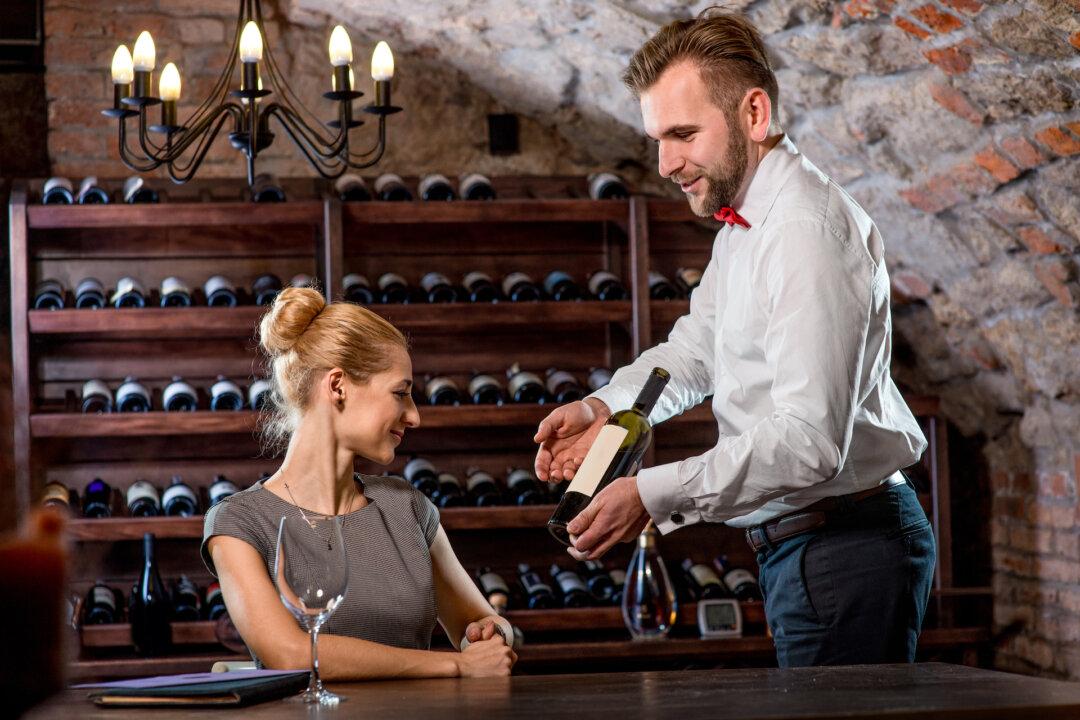A friend and winemaker once convinced me that certain kinds of wines taste better with certain kinds of music, and that the wrong pairing makes for discord.
I thought of that years ago when I attended a small dinner for lovers of Chablis. I refer to that utterly sublime white wine from the French district called Chablis (shah-BLEE) and thus the word should be capitalized.
Chablis is a place name in France, and this country agrees that the name can only appear on products so long called Chablis here that they are grandfathered in. Chablis, one of the world’s least-understood fine white wines, is a delicate all-chardonnay wine that’s radically different from most California-ized chardonnays.
Chablis, in its finest incarnation, is a wine for introspection, for large stemware and dim lights. It’s rarely served cold. Cool, however, it elevates delicate foods to heights they would never reach on their own. It’s for quiet voices and subtle flavors.
By contrast, most California chardonnays have the dynamism of a John Philip Sousa march. Chablis calls for Debussy and Satie. Or, to see it another way, most California chardonnay is Jackson Pollock. Most Chablis is a Monet haystack.
During a meal a decade ago with Jean-François Bordet, a Chablis winemaker and then-president of the Chablis Wine Board, we tasted six premier cru and grand cru wines that were variations on the same theme: almost no oak aging.
That, more than any other particular trait, is the hallmark of the district, along with minerality, regionality, and reserve.
I recently tasted two crisp examples of 2021 Chablis. Both were elegant and superb, but neither was likely to excite those who love the buttery-ness of “rich” California chardonnays.
Fortunately for those of us who prefer Chopin to Elton John, Chablis remains a treat in the alternative motif. However, one sad fact remains: Way out here on the West Coast, it’s extremely difficult to obtain any decent Chablis.
The best of them go to those who adore these wines in Europe. What little quality Chablis of an exceptional nature that does get to this country, most of it stays on the East Coast. Including the wines of Bordet.
Forty years ago, it was difficult to control the temperature of fermentation, so there was a lot of year-to-year variation. Today, more modern equipment now populates the winemaking areas of many high-caliber Chablis wineries, so even in poor years, good wines can be made.
Which allows for more evidence of top-rate Chablis’s terroir personalities.
Chablis also has weathered several stylistic storms over the decades, including one in the mid-1980s when there arose a wave of interest by some wineries to age some of these wines in oak barrels. Malheureusement!
That unfortunate decade of “oaky Chablis” saddened purists and robbed the many wines of some of their exciting minerality, replacing that trait with a sort of lugubriousness that simply didn’t represent Chablis.
Many 1980s versions of Chablis were more like rap versions of Schumann lieder!
Bordet admitted that the oaky period was sort of squirrely for the district of Chablis, which began to lose some of its supporters who wanted the lean, delicate, crisp, tart Chablis of old.
Is Chablis for most Americans? Heavens, no! It’s an acquired taste that calls for a quiet appreciation of understatement, white tablecloths, crystal, and precision.
More to say about this exciting topic!





